Lublin attractions
Fot. “The Mayor’s Office – Marketing of the City of Lublin”
THE OLD TOWN
The Old Town in Lublin is characterised by its medieval urban layout, a multitude of architectural monuments from different periods preserved in their historical shape and a wealth of ornamentation of Renaissance tenements. In an area of almost 1 km2, there are more than 100 monuments: the remains of the city walls (the Krakowska and Grodzka Gates and the Gothic Tower), richly decorated townhouses, the Crown Tribunal, the Archcathedral, the Trinity Tower, the Dominican Church, the Old Theatre and the ‘Po Farze’ Square. Lublin’s Old Town is listed as a Monument of History.
The main attractions of the Old Town in Lublin include:
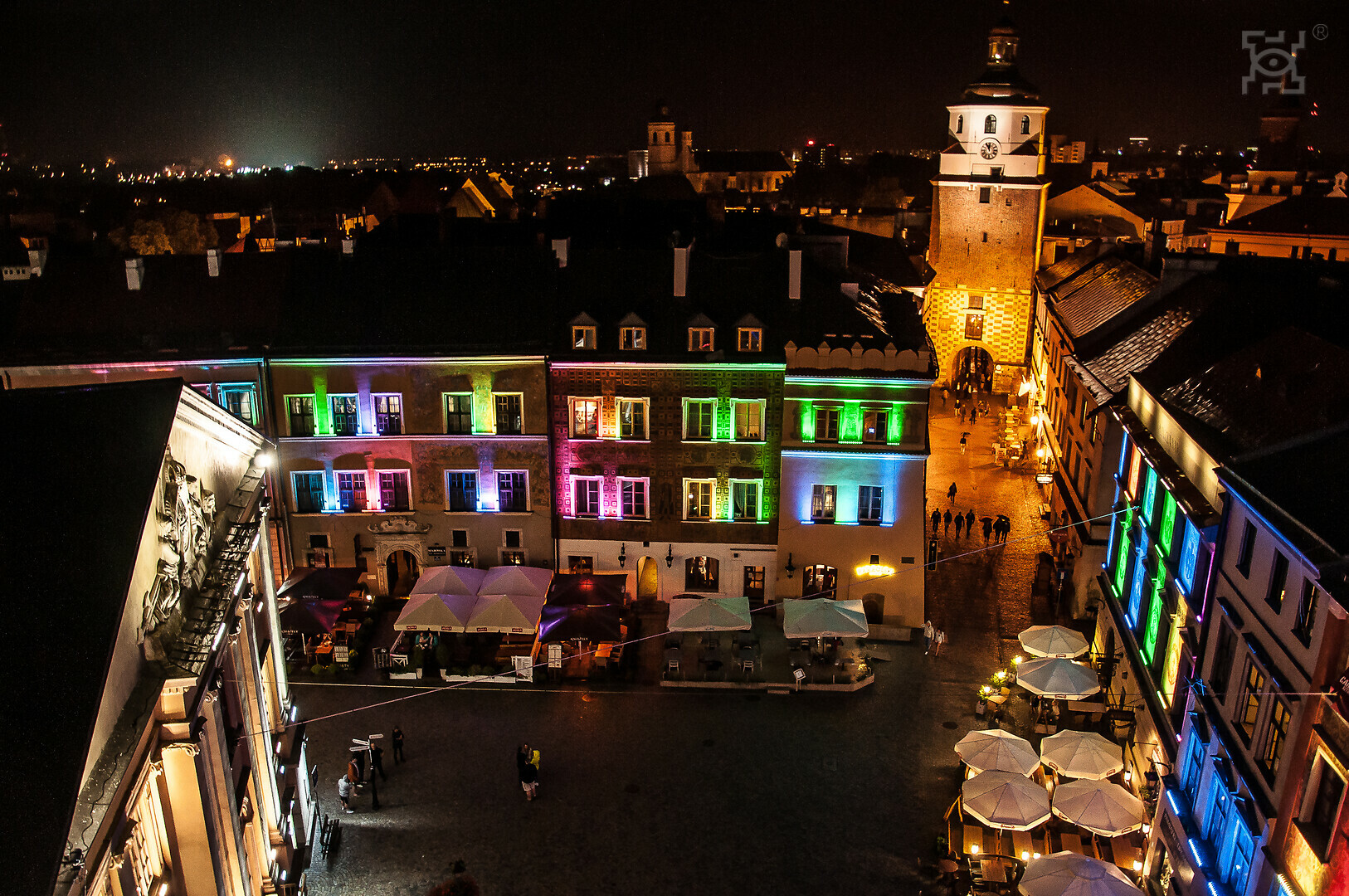
The Krakowska Gate
The Krakowska Gate is one of the symbols of the city. It was built in the 14th century together with the city walls. Fortified walls adjoined the gate on both its sides – north and south. It owes its name to the historical route which led from Krakow via Lublin to Vilnius. The present appearance of the gate is the result of conservation and construction work from 1959-64. As a result, its historic appearance was restored, and the interior was adapted for the needs of the Museum of the History of the City of Lublin.
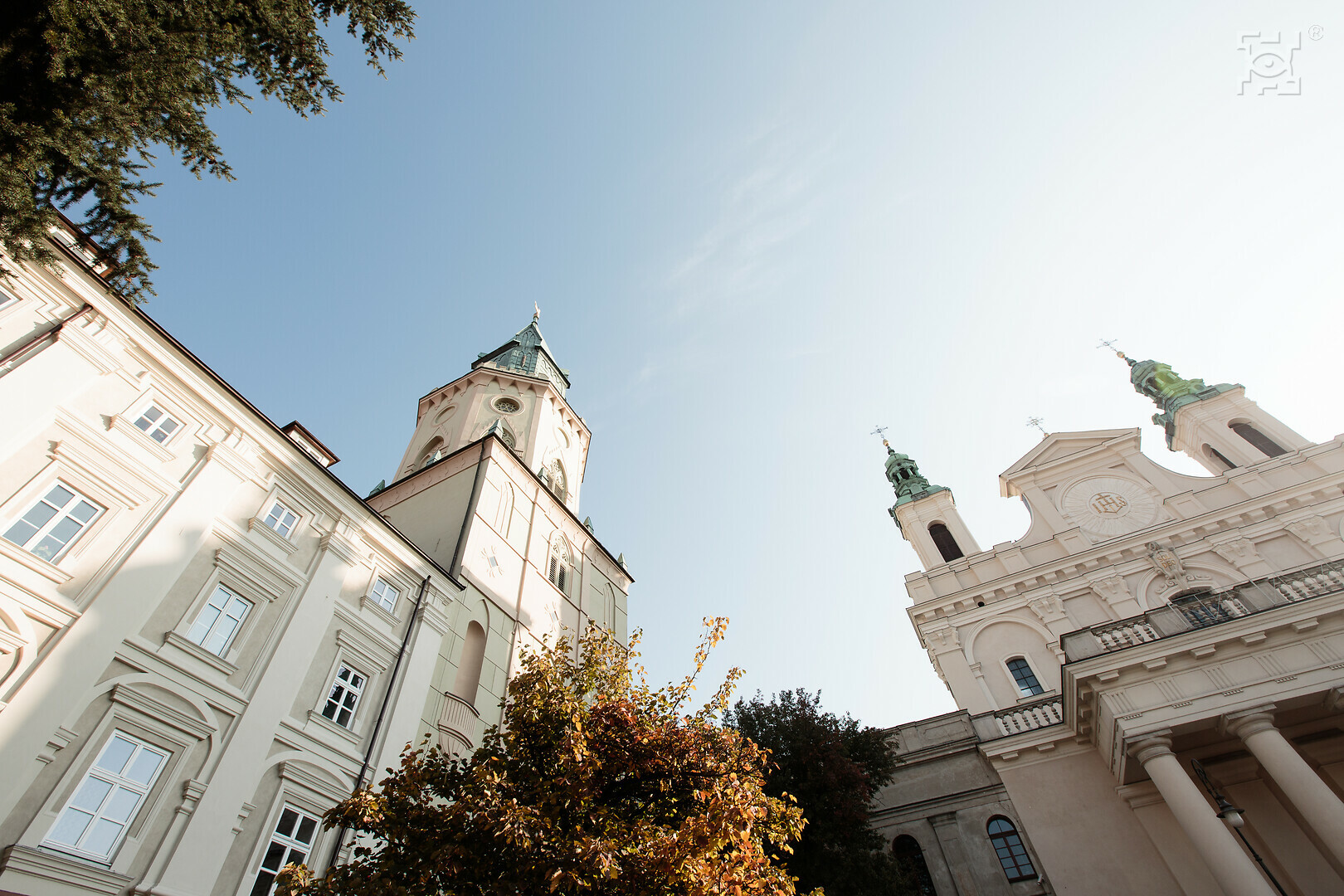
Trinitarian Tower
The magnificent Trinity Tower used to be a gateway in the buildings of the Jesuit college adjacent to the city walls. The 60-metre-high tower only began to tower over the city after it was rebuilt in 1819 to a design by Antonio Corazzi. The last renovation, between 1975 and 1978, was carried out for the Archdiocesan Museum, which is still based there today. On its top floor, there is an observation deck from which you can enjoy a panoramic view of Lublin. To get there, one has to climb as many as 207 stairs.
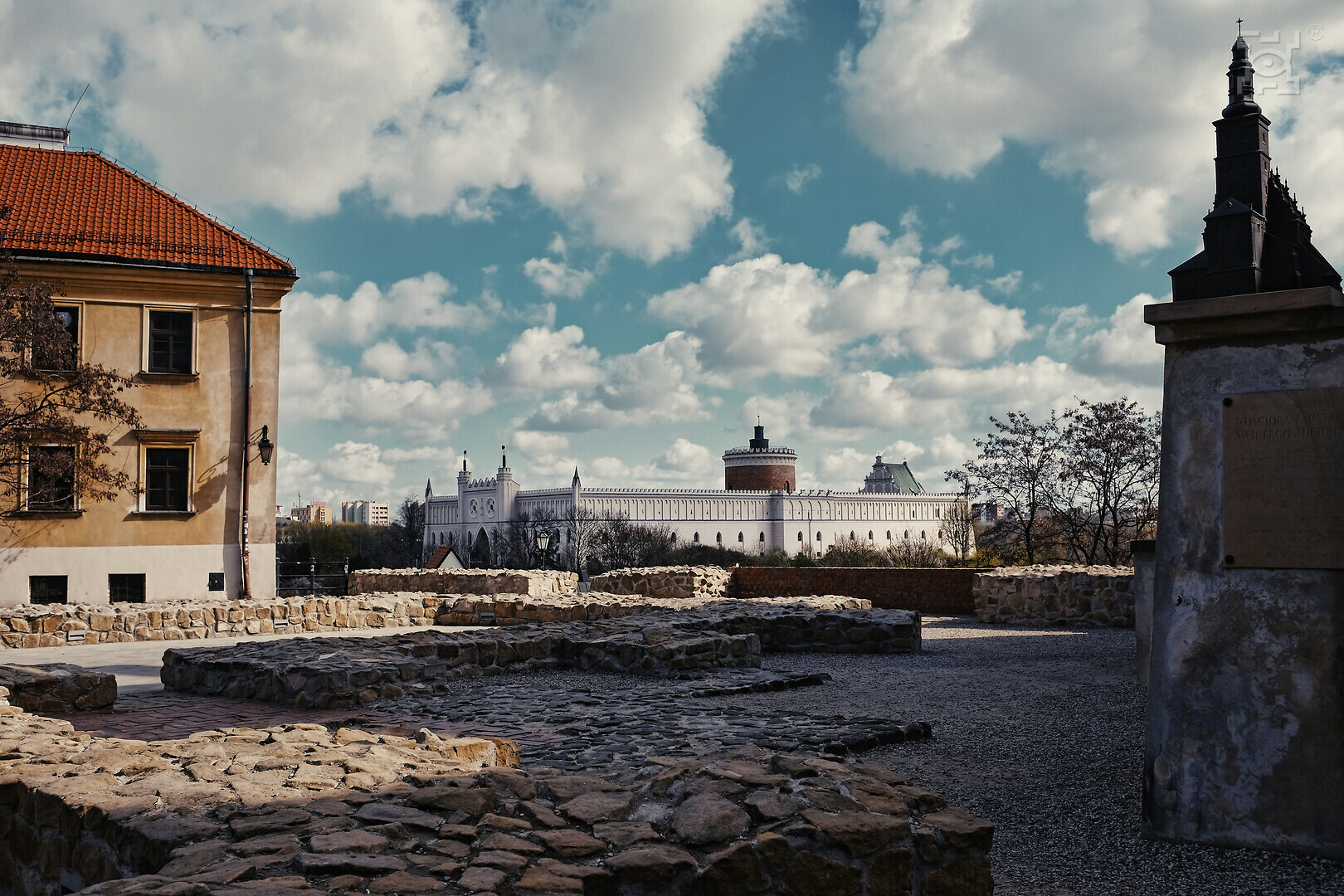
Old Parish Square
The square is named after the first parish church of St. Michael the Archangel built within the city walls. According to legend, it was erected in the 13th century by Leszek the Black in gratitude for his victory over the Yotvingians. Due to the poor condition of the building, the church was demolished in 1857. A large part of the church’s furnishings was moved to the cathedral and today’s Lublin Archcathedral. A model of the church and a reconstruction of its foundations can now be seen in the Old Parish Square. This is the result of the revitalization carried out in the early 21st century. Also attractive is the view from the edge of the Square Po Farze over the eastern part of Lublin, over the valley where the three rivers Bystrzyca, Czechówka and Czerniejówka meet. To the left rises Czwartek Hill with St. Nicholas Church. From this place, it is also possible to see Lublin Castle with its donjon and the Holy Trinity Chapel.
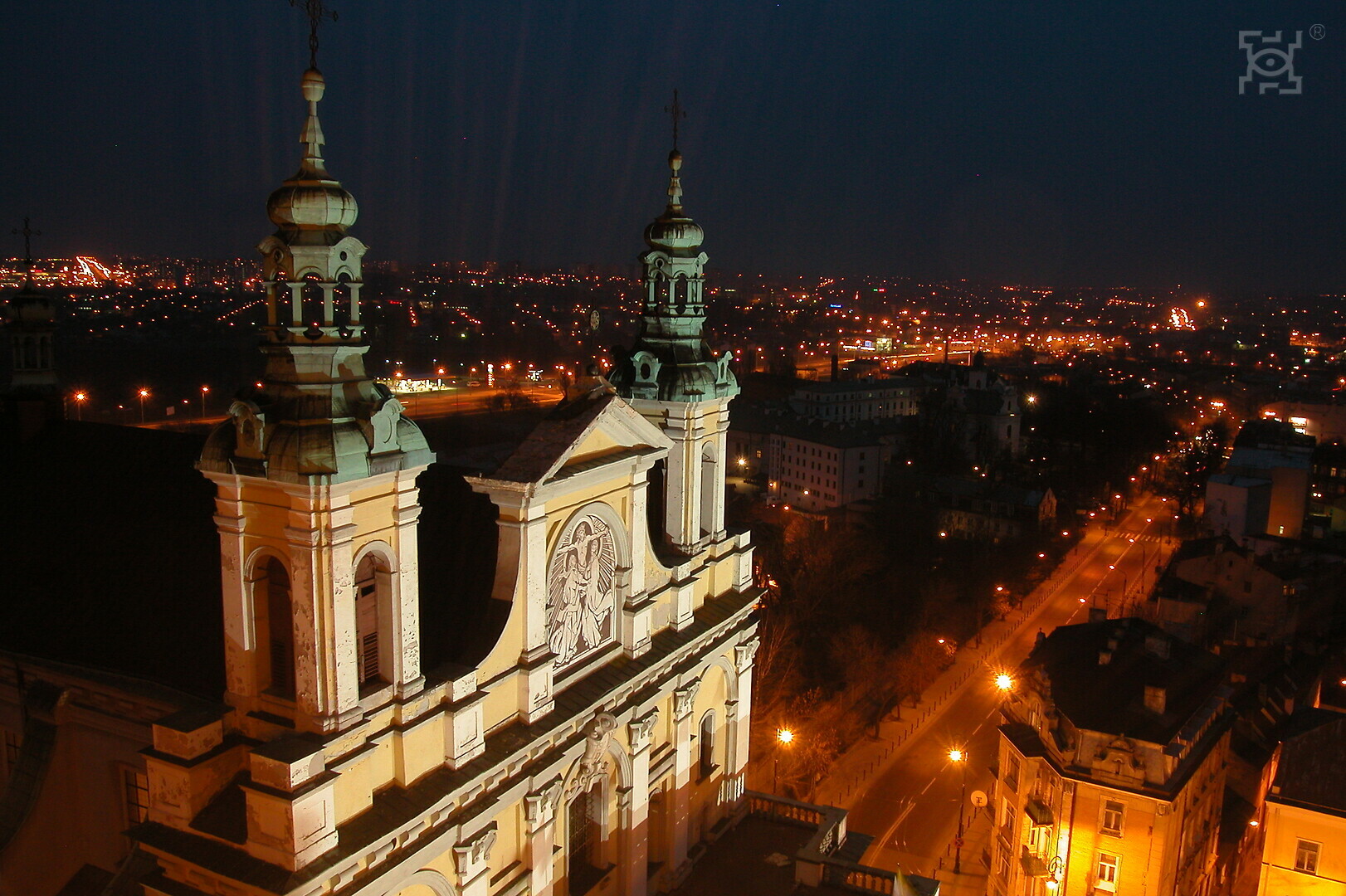
Lublin Archcathedral
The Church of Saints John the Baptist and John the Evangelist was built in 1586-1604 for the Jesuit order. The church was designed by Giovanni Maria Bernardoni, who partly modelled it on the Roman seat of the Jesuits – the Il Gesu temple. In the 18th century, Jozef Meyer decorated the interior with beautiful paintings depicting scenes from the Bible. The Jesuit temple became a cathedral in 1805, following the establishment of the Diocese of Lublin. In the Presbytery there is a 17th-century altar made of black Lebanese pear and two baroque paintings: the Last Supper and Herod’s Feast. The left side altar hangs a depiction of Our Lady of Weeping. On 3 July 1949, the painting wept bloody tears, collected and placed in one of the stones in Mary’s crown. The Archcathedral houses many objects transferred to it in the 19th century from St Michael’s Church. The crypts are also open to the public. They contain the tombs of the deceased bishops of Lublin. The entrance to the crypts is located inside the Cathedral.
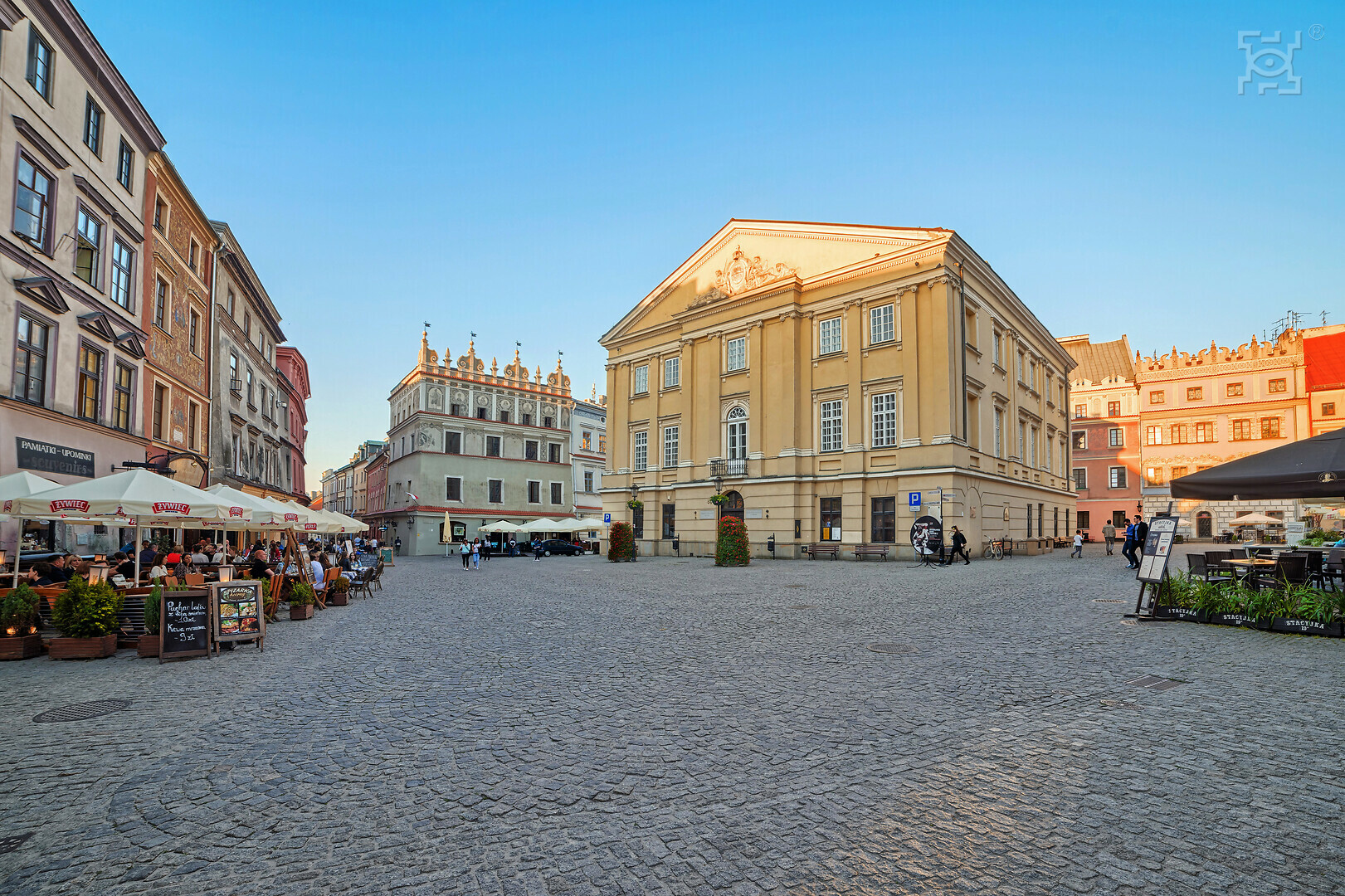
Crown Tribunal
The original town hall building, of Gothic form, was erected in the 14th century and was wooden. The next building on the site was made of brick in the Gothic style. The first reconstruction in the first half of the 16th century gave it a Renaissance appearance – the building was topped with an attic and an external staircase leading to the first floor was added. After the fire of Lublin in 1575, another reconstruction of the town hall took place. The building, rebuilt in Renaissance style, was to resemble the town halls in Sandomierz and Tarnów. From 1578, by the decision of King Stefan Batory, the building served as the Crown Tribunal. Today, the former Crown Tribunal building houses the Wedding Palace, and the Great Hall is used for concerts and meetings. The basement (former wine cellar and prison) houses the Lublin Underground Route.
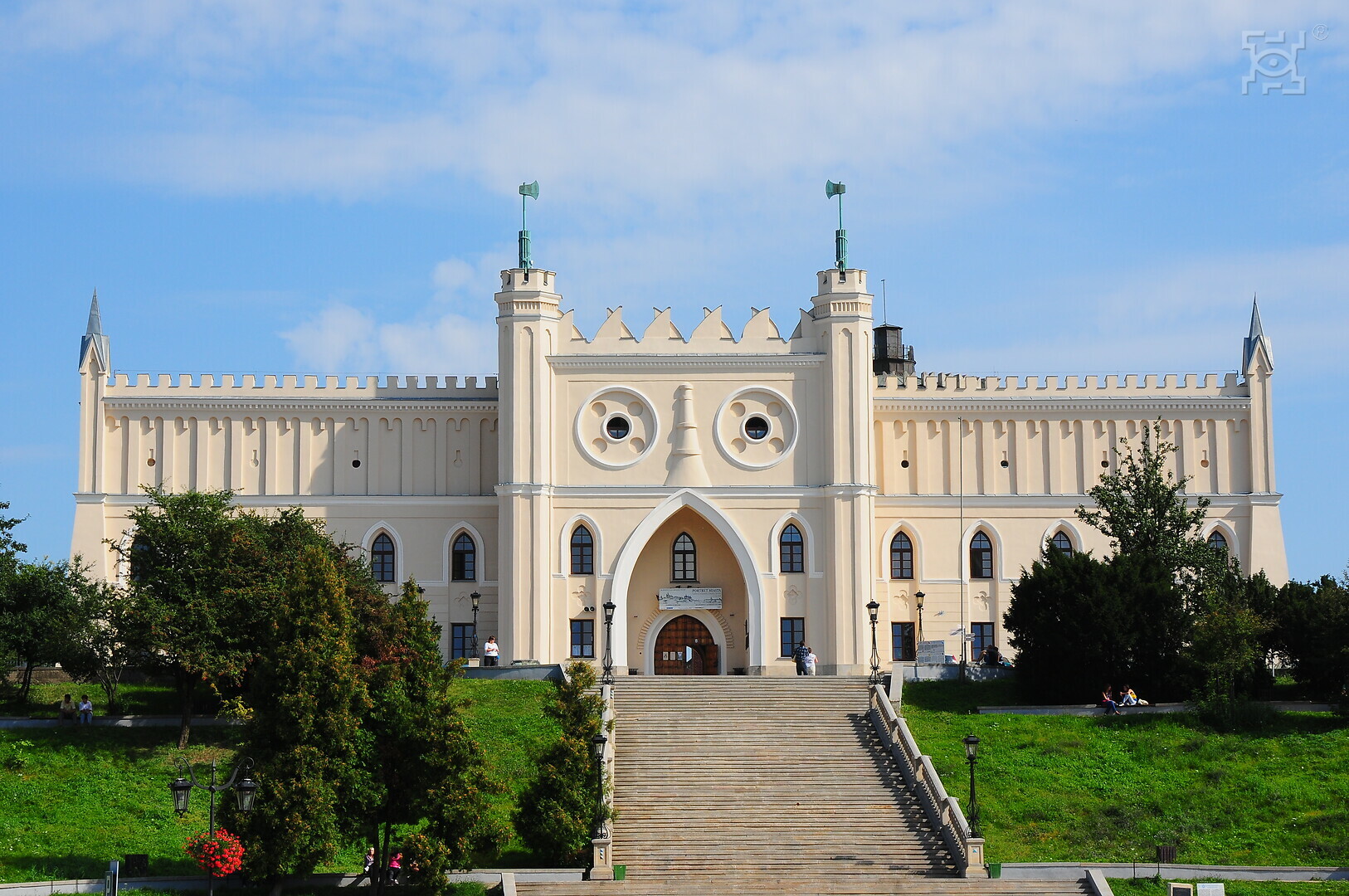
The Lublin Castle
Natural advantages determined that probably in the 6th century an early medieval settlement of a defensive nature was established on the castle hill. The Gothic castle was erected in the first half of the 14th century by King Casimir the Great. In 1569, the Sejm, at which the act of the Polish-Lithuanian union – the Union of Lublin – was signed, sat within the walls of the castle. In the 17th century, as a result of wars, the castle was destroyed and was finally demolished in the 18th century. From the former castle complex, only the 13th-century Romanesque tower called donjon, the Gothic chapel of the Holy Trinity and a fragment of the Gothic chapel of the Holy Trinity have survived to this day. Holy Trinity Chapel and a fragment of the Gothic tower known as the Jewish Tower. In 1824-1826, on the initiative of S. Staszic and according to a design by S. Stompf, a new building in the English Neo-Gothic style was erected on the hill, intended as a criminal prison for the Congress Kingdom. The function of the prison was performed by the castle for 128 years. After the prison was liquidated in 1954 and renovation work was carried out, the castle was used for cultural purposes. Since 1957 it has been the headquarters of the Lublin Museum, founded in 1906.

Litewski Square (Lithuanian Square)
The Litewski Square was located in the foreground of the city gate leading to the old Kraków route. The northern side of the square is made up of the former estates of the Potocki, Sanguszko and Czartoryski families, while the southern side is made up of Capuchin buildings.
Litewski Square features monuments to Marshal Jozef Pilsudski, the Unknown Soldier and the May 3 Constitution, as well as an obelisk commemorating the signing of the act of the Polish-Lithuanian Union in 1569.
In the year of the 700th anniversary of the City of Lublin, Lithuanian Square was reopened. An enclave was created in the heart of the city for both residents and tourists. A new multimedia fountain (water, light, sound, images and lasers) was created, allowing visitors to enjoy unique shows in the evenings.
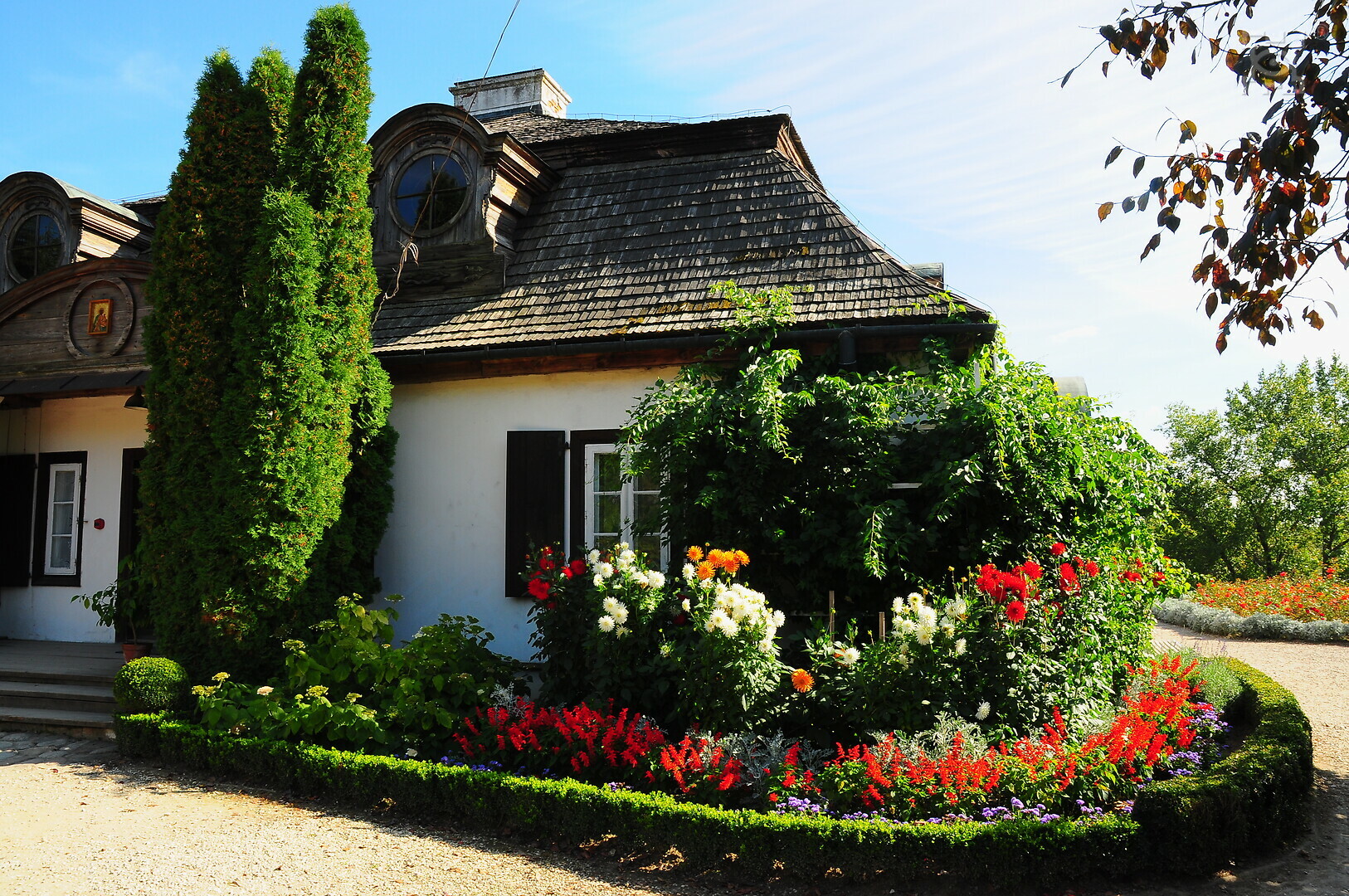
The Lublin Open Air Village Museum
The museum is situated in the picturesque valley of the Czechówka river. It is one of the largest open-air museums in Poland. The museum exhibition, comprising a rich collection of architectural objects and exhibits, presents the cultural diversity of the voivodeship, reflecting the landscape and ethnographic diversity of the Lublin region (Lublin Upland, Roztocze, Vistula Region, Podlasie and Bug Region, manorial and provincial town sectors).
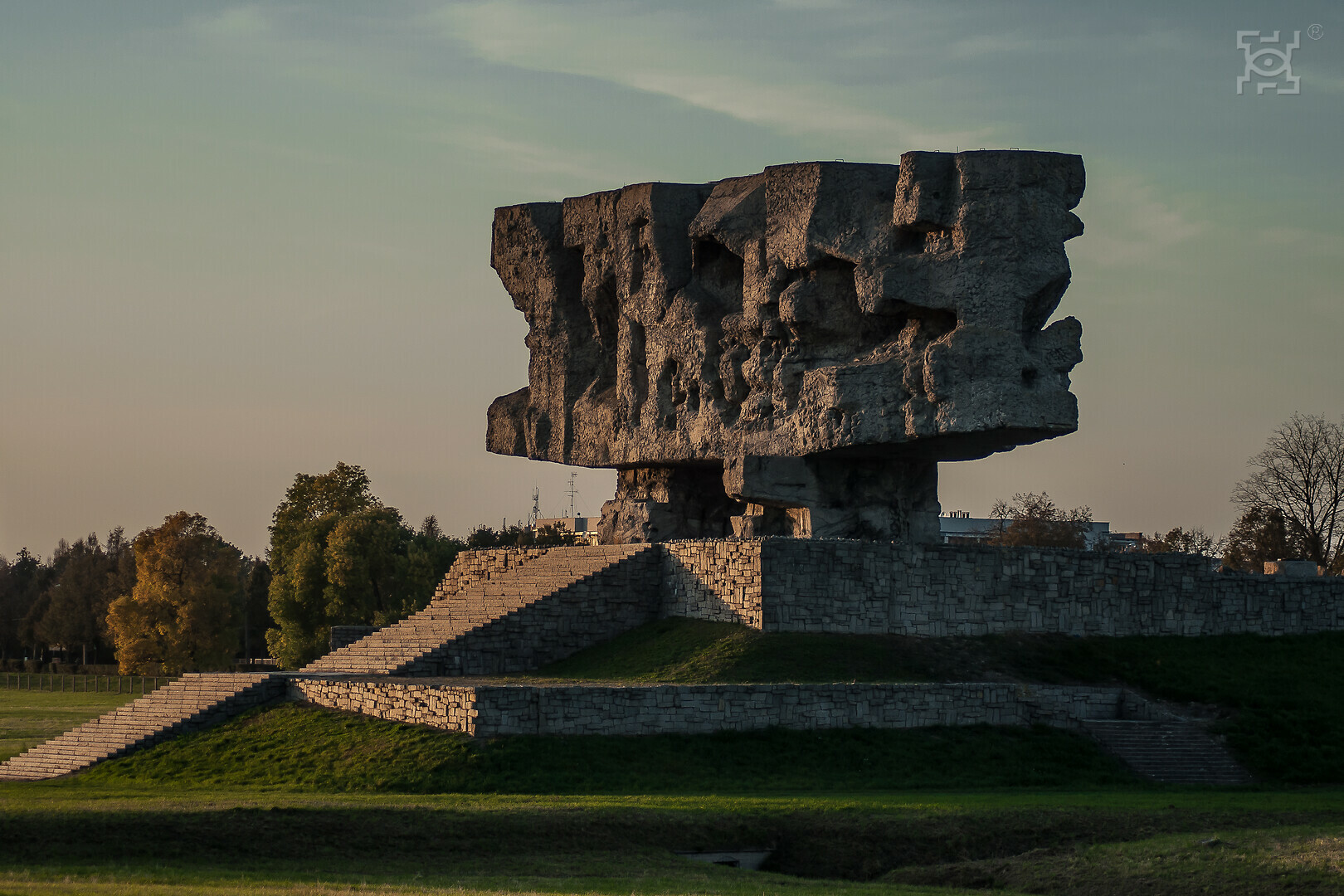
State Museum at Majdanek
Europe’s oldest museum commemorates the victims of the Second World War. It was established in autumn 1944 on the grounds of the former German concentration camp, commonly known as Majdanek.
The museum covers an area of 90ha, on which there are about 70 historical objects, including those related to the mass extermination of the population. In one of the barracks, the multimedia exhibition ‘Prisoners of Majdanek’ is presented.
Visiting the museum is free of charge.

